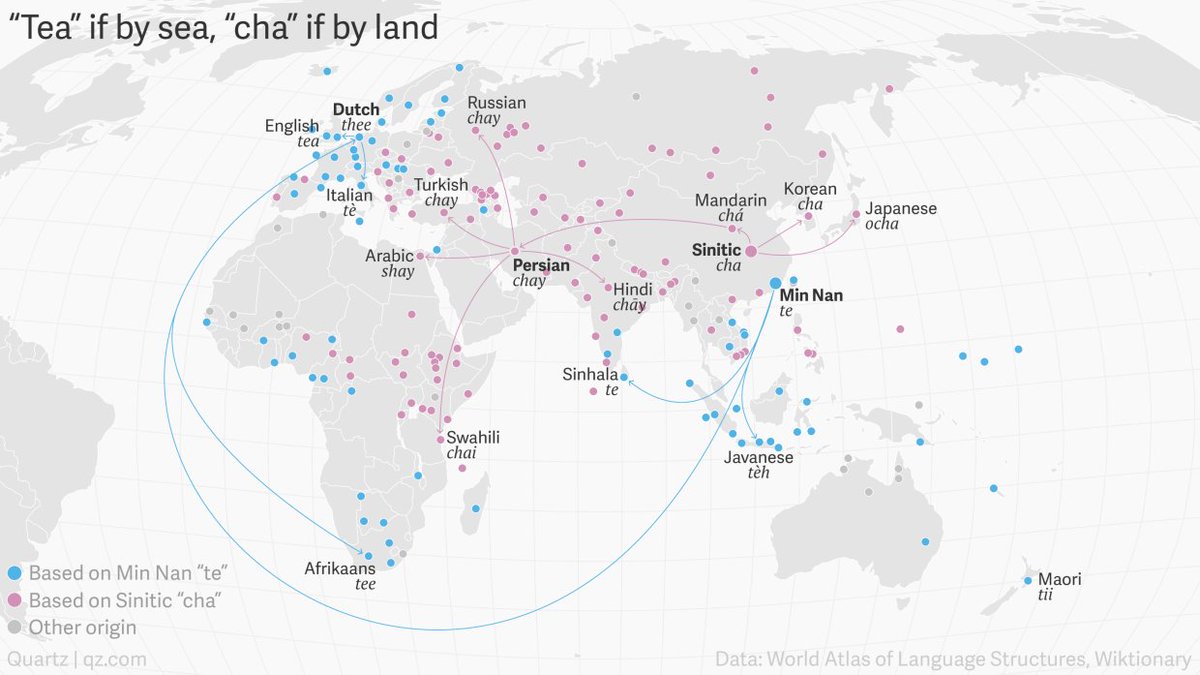Then you focus on tables that have only have 1 foreign key tied, tied to an enum
1. Use a library like faker.js or make your own string randomizer using Math.random()
2. Generate data from step 1.
3. Associate all the foreign keys at random using Math.random*arraylength
1. Do same thing as steps A
2. Initially create random data for a few tables
3. But have some data created based off that random data
Generate a random list of companies. Say one of those companies is named McDonalds.
The franchisee table data should say `McDonalds Store 100` or `McDonalds Store 101` tied to McDonalds as a FK
1. Generate a google spreadsheet
2. Copy all the columns in your database over. One table = one sheet in google spreadsheet
3. Generate a list of fake data using something like mockaroo.com
5. Export all your sheets in google spreadsheet, using a tool like csvjson.com/csv2json
6. Paste this into your repo. If you use an ORM like #sequelize, load this in and run the seed command
8. Sometimes you'll have constraints in your database that requires nonprimary-keys to be unique
When you update your database schema, the amount of effort for rewriting your code looks like this:
Workflow A (pure random data) is very easy
Workflow B (pure random data to start) is not as bad
Workflow C (realistic data) requires a lot of rewrites.
Pure .SQL files might have other tools and methods you can use, but I'm running this through a #sequelize ORM in #NodeJS




